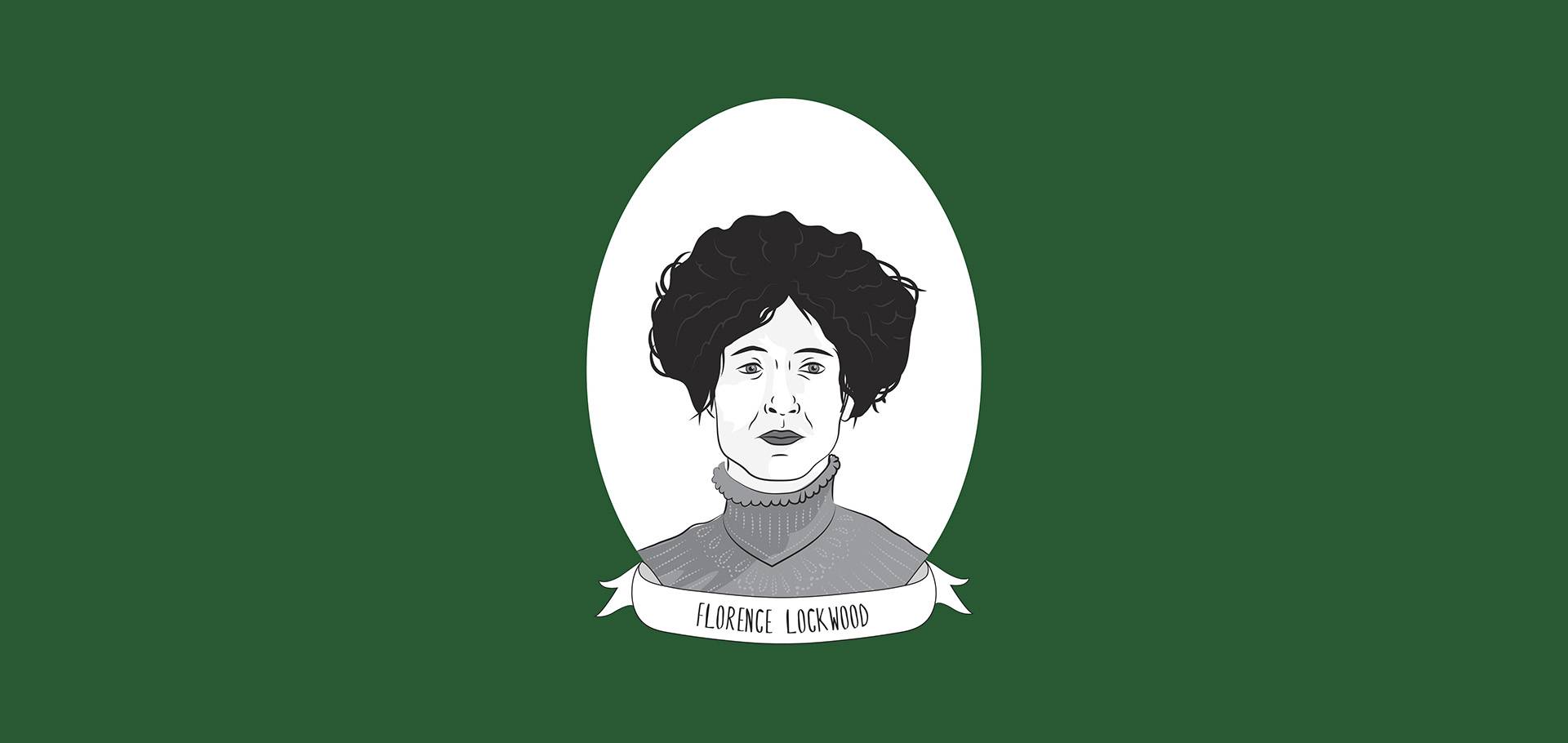Voting
behaviour
Behind the leadership of Emmeline Pankhurst were lesser-known figures in the Votes for Women campaign in the north of England
Manchester’s place in the history of the women’s suffrage movement will be cast in bronze when Hazel Reeves unveils her statue of Emmeline Pankhurst in St Peter’s Square next year.
Born in Moss Side in 1858, Pankhurst and her Women’s Social and Political Union (WSPU) – the leading organisation of militant suffragettes – have become synonymous with the Edwardian Votes for Women campaign. But behind the headlines women across industrial Lancashire and the rest of the north also came together to campaign for votes for women.
In 1901 over 29,000 Lancashire mill workers signed a petition for women’s suffrage and inspired the formation of the WSPU in 1903. Many of those working-class women became members but the organisation was accused of campaigning not for “votes for women, but votes for ladies”. Since it only granted women the right to vote on the same terms as men – if they were over 30 or owned property – many working-class women remained disenfranchised after the passing of the Representation of the People Act of 1918.
In 1904 Rochdale tailor and suffrage campaigner Ada Nield Chew became involved in correspondence with Christabel Pankhurst on the pages of the Clarion, illustrating the conflict working-class socialist women faced in joining the campaign. “To give wealthy women a vote would mean that they, voting naturally in their own interests, would help to swamp the vote of the enlightened working man, who is trying to get Labour men into Parliament,” wrote Chew.
The stories of these suffragists, who preferred the constitutional tactics of Millicent Fawcett’s National Union of Women’s Suffrage Societies (NUWSS) over the militant approach of the WSPU, are less sensational and therefore less told, but they were no less radical and no less vital.
Nor were actions on the other side of the Pennines. Yorkshire woman Mary Smith is credited as the first to petition Parliament for the female vote in 1832. She said she paid taxes and was subject to the rule of law, and therefore did not see why she should not vote, but was laughed out of the House of Commons.
In 1902 Yorkshire textile workers delivered their suffrage petition to Westminster and notable early campaigns developed in Halifax and Huddersfield. In the latter, a branch of the WSPU was formed by 50 local women and detailed notes and minutes kept by secretary and organiser Edith Key have shed much light on branch activities – both legal and illegal.
Key began operating a safe house for fugitive suffragette ”mice”, evading prison under the Cat and Mouse Act. It is heroic acts of defiance like Key’s that are the defining landmarks of the Yorkshire road to women’s suffrage.
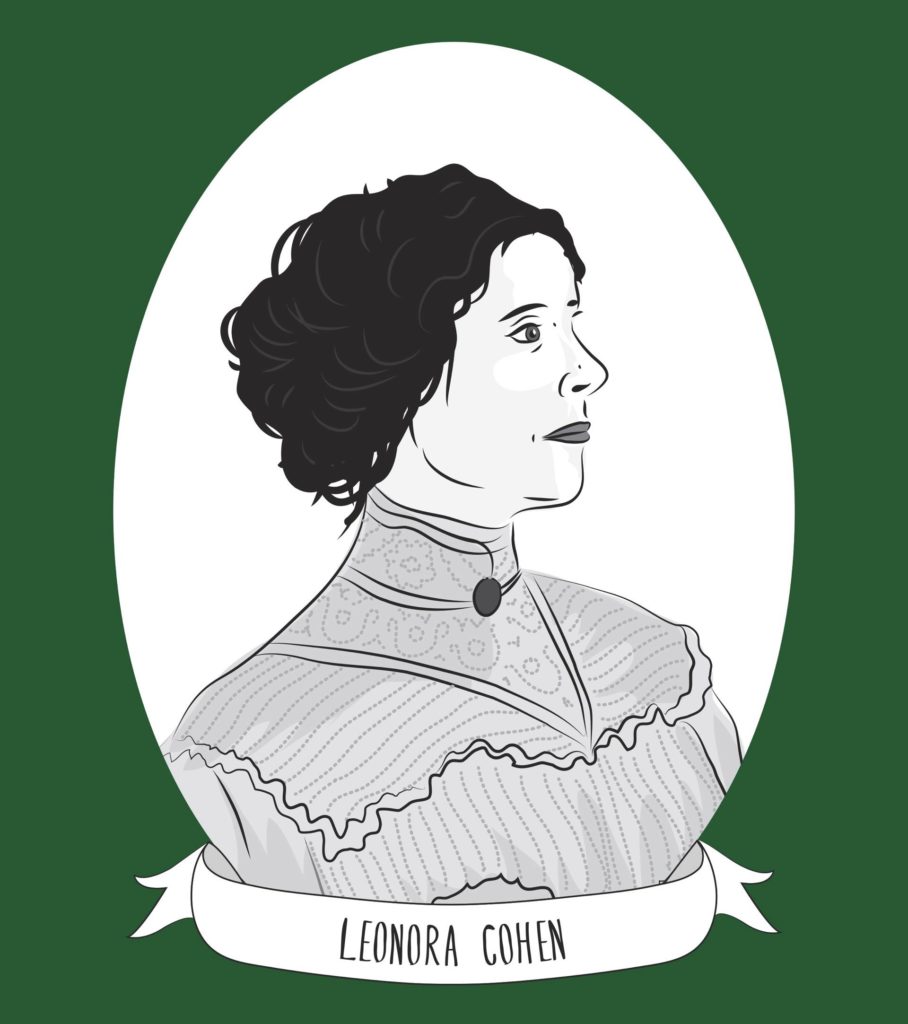
Leonora Cohen’s fortunes changed throughout her early life in relation to the men around her. At age five in 1878 her father, a stone carver, died, leaving his wife to struggle as a seamstress while raising three children.
Cohen suggested it was her mother’s disempowerment that radicalised her.
“Life was hard,” she said in an interview. “My mother would say ‘Leonora, if only we women had a say in things’, but we hadn’t. A drunken lout of a man had a vote simply because he was a male. I vowed I’d try to change things.”
She apprenticed as a milliner until she married up, to jeweller Henry Cohen. But Cohen wasn’t destined to be a housewife. She campaigned for better working conditions for women and in 1909 joined the WSPU.
Her son at boarding school and with the support of her husband, Cohen became a suffragette alongside Emmeline Pankhurst, for whom she would become a bodyguard. She was arrested, imprisoned and took part in a hunger strike.
Her most famous direct action was in February 1913 when she entered Jewel House at the Tower of London removed an iron bar from her coat and threw it at a glass case. The bar was wrapped in a note reading: “This is my protest against the Government’s treachery to the working women of Great Britain.”
Cohen became the first woman president of the Yorkshire Federation of Trades Councils in 1923, was one of the first female magistrates and was awarded an OBE for services to public life. She lived until 105 and was a supporter of second-wave feminism before she died in 1978.
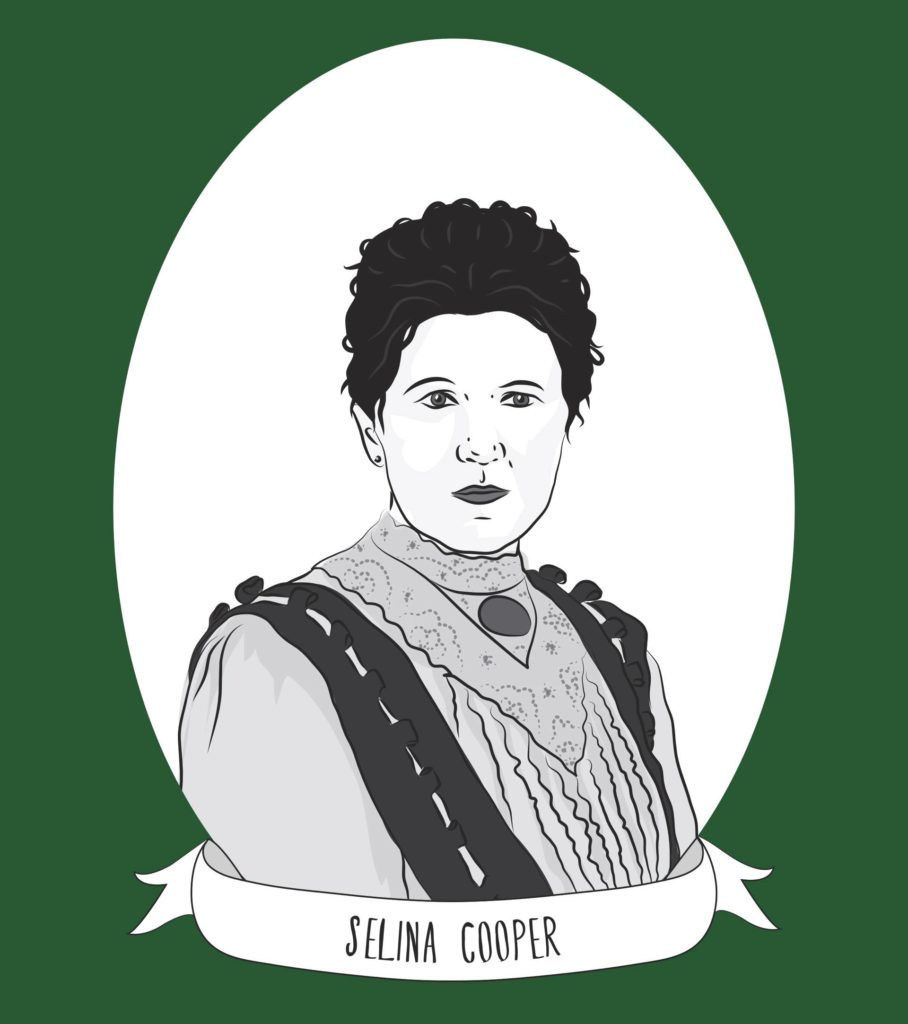
At age 11 Selina Cooper began working part time in Lancashire cotton mills following the death of her father. By age 36 she was an experienced weaver, earning almost equal pay to her male colleagues but, like the quarter of a million other Lancashire women working in mills, she remained disenfranchised.
Before becoming engaged in the campaign for suffrage, Cooper was politically active as a member of the Independent Labour Party (ILP) and the Social Democratic Federation. She married a socialist and in 1898 helped form the Brierfield Women’s Co-operative Guild and became its first president.
In 1900, aged 36, she became involved with garnering signatures for the suffrage petition organised by Eva Gore-Booth and Esther Roper, and in 1901 Cooper was one of 15 cotton workers who marched the giant petition containing 29,359 Lancashire women’s signatures down to Parliament.
The same year she became the first woman to represent the ILP when she was elected as a Poor Law Guardian. But by 1903 there had been little progress towards women’s suffrage so Cooper, Gore-Booth, Roper and others formed the Lancashire Women Textile Workers’ Representation Committee – preceding the WSPU. These radical suffragists disapproved of the “educated and upper class women who kick, shriek, bite and spit”, as Gore-Booth wrote.
In 1905 Cooper gave a speech at the Labour Party conference and urged the leadership to fully support women’s suffrage, in 1906 she helped form the Nelson and District Suffrage Society and in 1907, despite having two small children (a third died in infancy), she became a full-time organiser and campaigner for the NUWSS. In 1910 she was one of four women chosen to present the case for suffrage to prime minister Herbert Asquith.
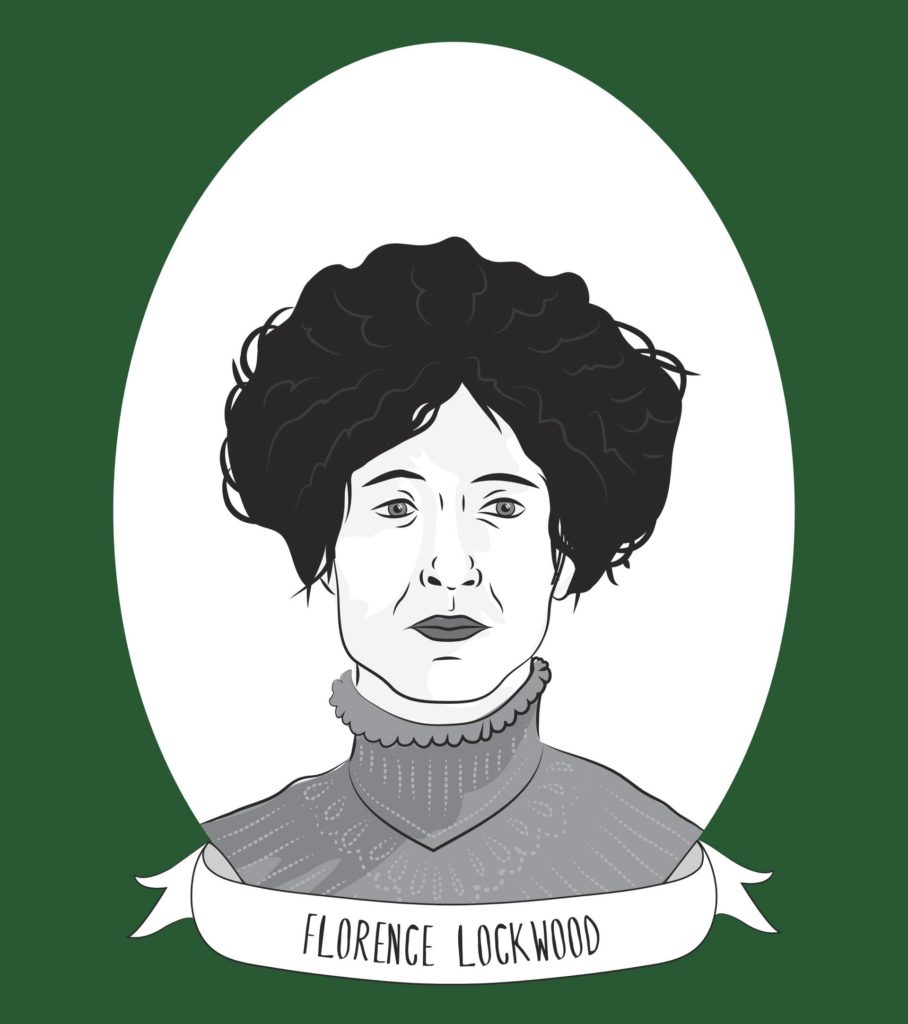
The daughter of a conservative doctor, Florence Lockwood grew more progressive with age but was one of many supporters of women’s political enfranchisement who had reservations about the militant tactics and headline-grabbing stunts of the suffragettes.
She was a talented painter who had a taste of freedom in the cosmopolitan Bloomsbury area of London where she attended the Slade School of Art. But after an independent youth, in 1902, aged 38, she married widower and liberal Linthwaite manufacturer Josiah Lockwood.
In 1907 the campaign for women’s suffrage reached Linthwaite, along with radical MP for Colne Valley Victor Grayson. Grayson stood in opposition to the Lockwoods’ Liberal politics but his WSPU allies caught Mrs Lockwood’s attention.
She recorded the moment of her awakening in her diary, when Emmeline Pankhurst came to speak at Linthwaite Fold. “That was a psychological moment for me; I edged nearer and nearer to her. What she said was new and inspiring to me. Why should women be political non-entities indeed?”
Not wanting to adopt the party political stance of the WSPU, Lockwood found a more moderate channel for her newfound principles in the local branch of the NUWSS and began campaigning – speaking and presiding over suffrage meetings and hosting other organisers and speakers at her home. She became involved in local politics, being elected as Liberal Poor Law Guardian, but she didn’t abandon her art.
In 1907 the Artists’ Suffrage League was formed with key members having graduated from the Slade. Lockwood was inspired and, using her experience as a landscape artist and the traditionally feminine pastime of needlework, created one of few surviving early northern suffrage banners, which was regularly carried in processions and demonstrations.
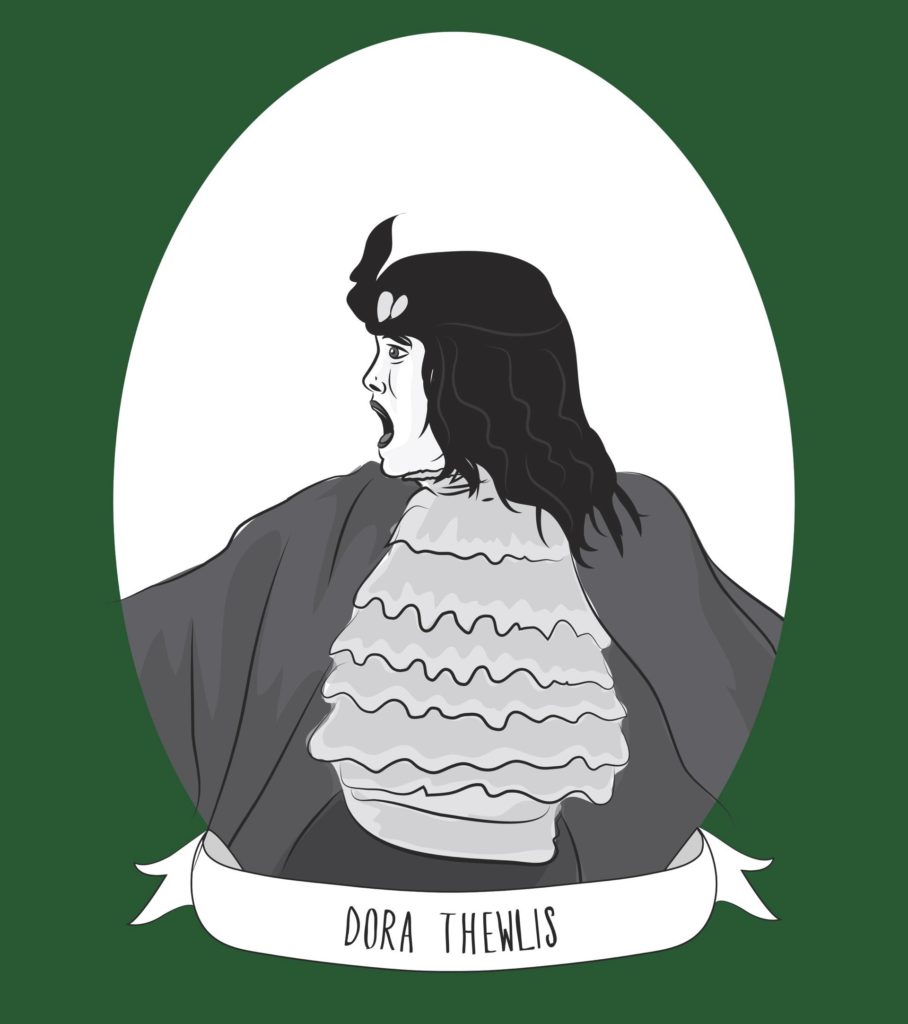
Despite being just 16 when she was arrested in Westminster Dora Thewlis had been working in mills for six years and was not going to let the establishment use her age to undermine her actions. A member of the Huddersfield branch of the WSPU along with her mother, she was part of a so-called clog and shawl brigade of mill workers who took part in a march and planned break-in to the Houses of Parliament in March 1907.
Perhaps unaware of the extent of child labour all around him at the time, magistrate Horace Smith said: “The child cannot be a delegate or anything else. She doesn’t know what she’s doing. You ought to be at school. It is really a shocking thing that you should be brought up to London to be turned loose. Where is your mother?”
The court ordered Thewlis to return home but she held her own, saying: “I don’t wish to go back, sir. I shall remain here as long as the WSPU women want me.”
She was held in Holloway Prison for six days, gaining some celebrity. A photograph of her shouting in protest at being handled by two police officers appeared on the front page of the Daily Mirror the day after the action and the paper dubbed her the Baby Suffragette.
While being pursued by reporters she journeyed home to Huddersfield where, significantly, she wasn’t met by any WSPU members – they felt Thewlis had drawn attention away from their cause. The press attention and her alienation from the movement seemingly contributed to Thewlis’s retreat from political action but the photo of her arrest remains a powerful image of the fight for the vote.
Illustrations: Julie Gough
